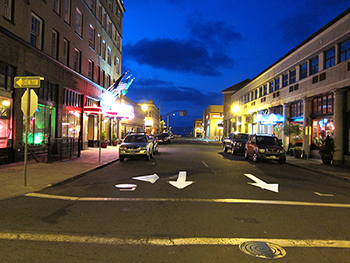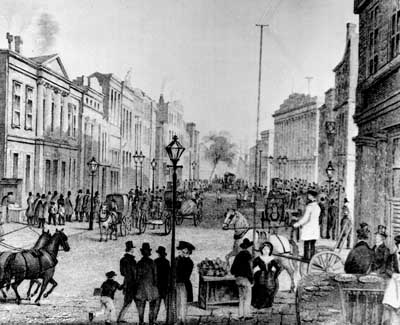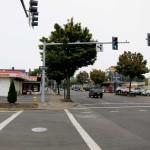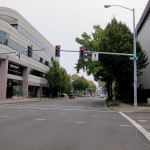
Working away in a coffee shop one day (I know, how very Portland of me), I couldn’t help but overhear the phone conversation of the young woman sitting to my left. (Why are cell conversations in coffee shops always so loud? #unavoidableeavesdropping)
Anyway, she was chatting with someone about how long it had been since they had seen each other, and that she couldn’t wait until they were reunited at the coffee shop.
(I know, you may be wondering, “What the heck does this have to do with one-way streets?” Be patient, it’s coming!)
My table neighbor hung up the phone, and I went back to working. Soon, her cell buzzed, she answered quickly, and offered concise directions to the coffee shop. I assumed this was her reunion-seeking compatriot. A visit was nigh!
Or, so I thought.
Instead, her phone rang again–more directions ensued. Rinse. Repeat.
She was patient, clearly swallowing some exasperation. (As was I. At this point, I had invested some serious time in this eavesdropping and wanted to see the reunion actually happen.)
Finally, a young man walked into the coffee shop and headed in our direction. The young woman rose and ran toward him, he ran toward her and they hugged. (I had to speculate they had been romantically involved at some point, and may still have held a torch for each other–but then, I am a romantic.)
So, what was the first thing they discussed after not having seen each other for 7 years?
One-way streets.
Young Man, “I’m sorry it took me so long to get here…I kept getting lost. I forgot how horrible it is to find your way around Portland with all of the one-way streets, it’s even worse than Eugene!”
And in the pall one-way streets cast over this coffee shop reunion, we see the ways in which they discourage everyday commerce and exploration.
(Photo pictured above is a one-way street from a favorite town that I wish would abolish their one-way streets: Astoria, OR!)
{ 0 comments }






